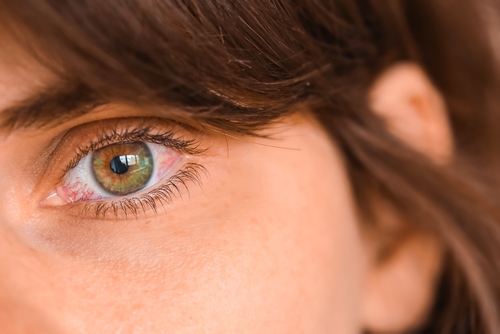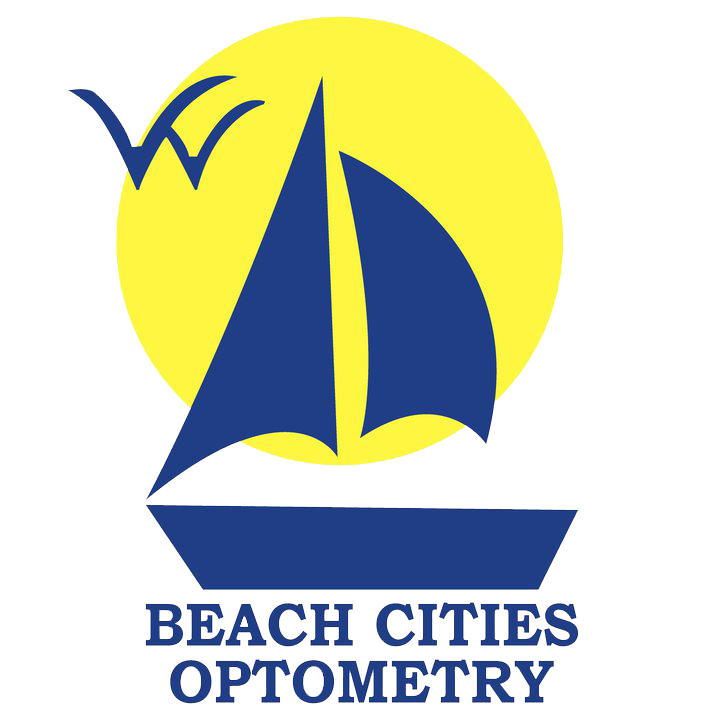
Many assume that dry eyes are simply a result of aging or too much screen time. While these factors can indeed exacerbate the condition, they are not the only culprits. To truly understand and effectively manage dry eyes, it's crucial to delve into the two main causes of this condition.
Understanding the Two Main Causes of Dry Eyes
Dry eyes can be primarily attributed to two major causes. The first is decreased tear production, known medically as Keratoconjunctivitis Sicca. The second is increased tear evaporation.
Decreased tear production can be a result of various factors, such as aging, certain medical conditions, or as a side effect of specific medications. On the other hand, increased tear evaporation can occur due to environmental conditions, blinking less often or issues with the eyelids.
Decreased Tear Production
When it comes to the first main cause, decreased tear production, age is a significant factor. As we age, our bodies naturally produce fewer tears. Certain medical conditions such as Sjogren's syndrome, rheumatoid arthritis, diabetes, and thyroid disorders can also lead to decreased tear production.
Some medications can also reduce your tear production, including antihistamines, decongestants, hormone replacement therapy, antidepressants, and drugs for high blood pressure, acne, birth control, and Parkinson's disease.
While we can't control aging or the medical conditions we may have, understanding that they can lead to dry eyes gives us a better chance of managing the condition effectively.
Increased Tear Evaporation
The second main cause, increased tear evaporation, can happen due to a variety of reasons. One of the most common is being in a dry, windy, or smoky environment. These conditions can quickly evaporate the moisture from your eyes, leading to dryness and discomfort.
Another common cause is infrequent blinking, particularly during concentrated periods of work or leisure activities that require intense focus. Long hours spent in front of computer screens, driving, or reading can lead to decreased blinking, causing tears to evaporate more quickly than they can be replenished.
Eyelid problems, such as out-turning or in-turning lids, can also lead to increased tear evaporation. These problems can prevent your eyelids from spreading tears evenly across your eyes, leading to dry patches.
Symptoms and Diagnosis of Dry Eyes
The symptoms of dry eyes can vary from person to person, but common signs include a stinging or burning sensation, redness, light sensitivity, and a feeling of something stuck in your eyes.
Diagnosis usually involves a comprehensive eye examination and a review of your medical history and medications. Your eye doctor may measure your tear production using a Schirmer test and evaluate the quality of your tears.
Common Dry Eye Treatment Options
The treatment for dry eyes largely depends on the underlying cause and severity of your condition. Over-the-counter eye drops or artificial tears can provide temporary relief for mild cases.
For more severe or persistent cases, prescription medications may be recommended. These can include drugs that reduce inflammation, medications to stimulate tear production, or even eye inserts that work like artificial tears.
In some cases, minor surgical procedures may be recommended to address structural problems with the eyelids or to prevent tears from draining away too quickly.
Benefits of OptiLight IPL Treatment
A promising treatment that's been gaining attention in the field of dry eye management is Intense Pulsed Light therapy, or IPL. One such device, OptiLight IPL, has been showing promising results.
OptiLight IPL works by delivering pulses of light to the skin around your eyes. This helps reduce inflammation and stimulate the glands that produce tears.
Many patients have reported significant improvement in their dry eye symptoms following a series of OptiLight IPL treatments. The procedure is non-invasive and typically has minimal side effects, making it a great option for those seeking an alternative to traditional treatments.
Managing Your Dry Eyes
Living with dry eyes can be challenging, but understanding the two main causes and the various treatment options can make a world of difference. Whether it's simple lifestyle changes, over-the-counter remedies, prescription medications, or innovative treatments like OptiLight IPL, there's hope for effective management of dry eyes.
To learn on the causes of dry eye and treatment options, visit Beach Cities Optometry in our Manhattan Beach, California office. Call (424) 484-1100 to schedule an appointment today.







